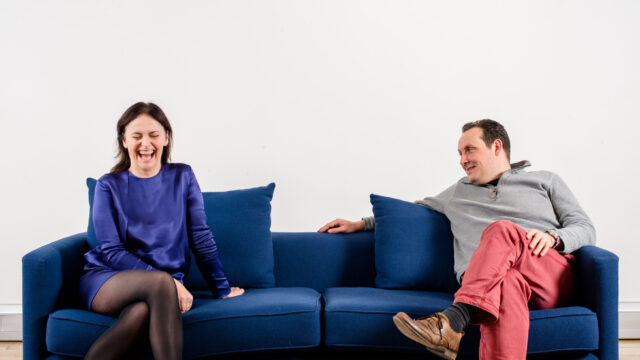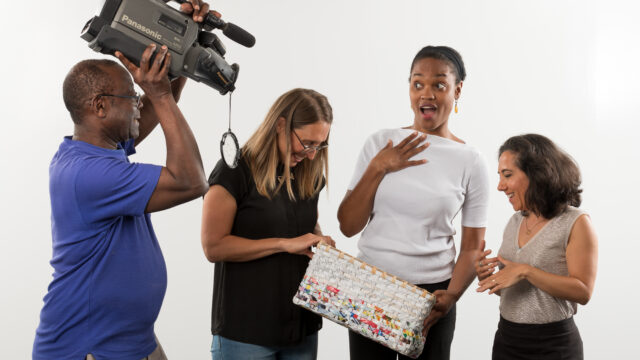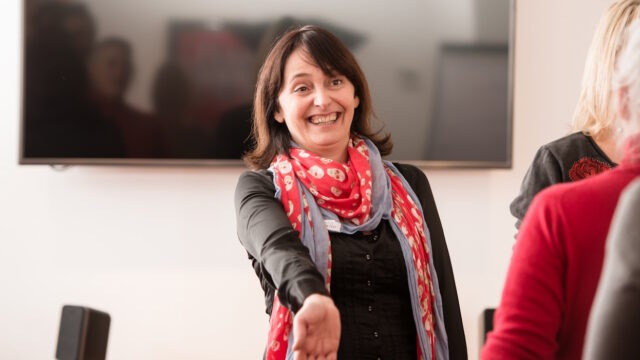
Business Networking Course
Learn how to put yourself and others at ease and how to easily join and leave groups
Most people in business think they communicate pretty well, and in our experience, that’s generally true.
However, good communication skills have to be developed, honed, and added to on an on-going basis.
Our communication training can be tailored as an in-house management programme to address specific issues within your company, or you can attend one of our Open Courses listed below.

Learn how to put yourself and others at ease and how to easily join and leave groups

Understand different ways of communicating more effectively.

If you have to speak to the press or present your organisation to the media, this media skills training course is for you.

Unlock your potential and transform your professional presence with our Personal Impact Course.
Most people in business think they communicate pretty well, and in our experience, that’s generally true.
However, good communication skills have to be developed, honed, and added to on an on-going basis.
Our communication training can be tailored as an in-house management programme to address specific issues within your company, or you can attend one of our Open Courses listed below.

Learn how to put yourself and others at ease and how to easily join and leave groups

Understand different ways of communicating more effectively.

If you have to speak to the press or present your organisation to the media, this media skills training course is for you.

Unlock your potential and transform your professional presence with our Personal Impact Course.
Most people in business think they communicate pretty well, and in our experience, that’s generally true.
However, good communication skills have to be developed, honed, and added to on an on-going basis.
Our communication training can be tailored as an in-house management programme to address specific issues within your company, or you can attend one of our Open Courses listed below.

Understand different ways of communicating more effectively.

Unlock your potential and transform your professional presence with our Personal Impact Course.